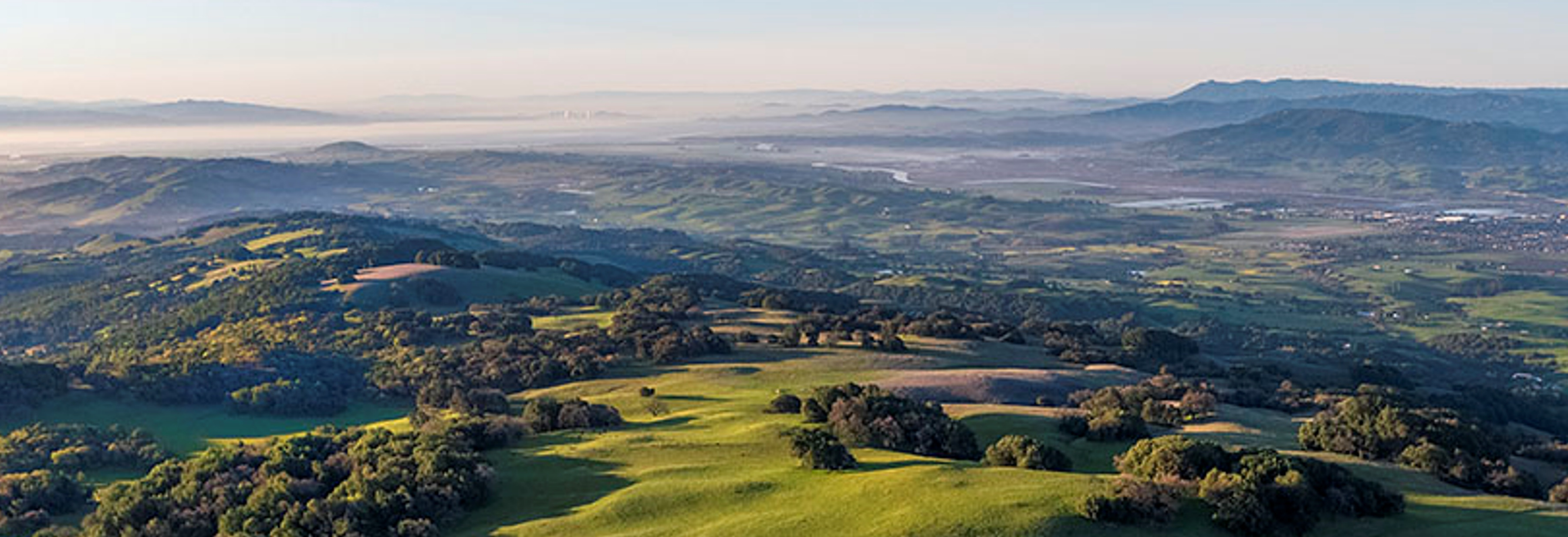Careful How You Build That Fence, Podner
Home owners, farmers and wild life cohabitate on our mountain, but not always congenially.
Old barbed wire fences, new deer fences, wooden fences built for privacy: all of these can have negative and often lethal effects on wild animals. Animals need to travel, to find food, water, and mates, and to escape predators, diseases, and fire.
All of these factors shift their location over time, and the animals must shift in response.
Many, if not most, parcels on Sonoma Mountain have fences that block wildlife unnecessarily. You don’t need an eight-foot fence to delineate property boundaries; a privacy fence can be built to let small animals pass under it.
Before you build, study your property and identify the plants, wetlands, meadows, and waterways. Learn which creatures pass through. Search the web for “wildlife friendly fencing.”
Allen Buckman, an upland biologist for the California Department of Fish and Game, provided these suggestions for wildlife-friendly fencing:
- Try to keep most of your property as a natural habitat. Use deer-proof fences only around gardens, vineyards, or other deer-sensitive areas.
- Native habitats, and particularly streams, should only be fenced with open fencing that allows animal passage.
- Graduated or field fencing should only be used around cow-calf operations, dog runs, and other areas where the young cannot escape through the fence. Such enclosures should be located away from streams and not encompass large areas of native habitat.
- When deer try to jump fences, they frequently pick up the top wire with their hind foot, becoming hamstrung. To alleviate this, place any two fencing wires a minimum of 10 inches apart. Use smooth top and bottom wires. Allow 12 to 18 inches above the ground so fawns and other small mammals can pass.
- Place gates in corners so animals can be driven out. Deer will run past an open gate in the middle of a wall!
- Work with your neighbors to provide corridors of 100 feet minimum for wildlife.


